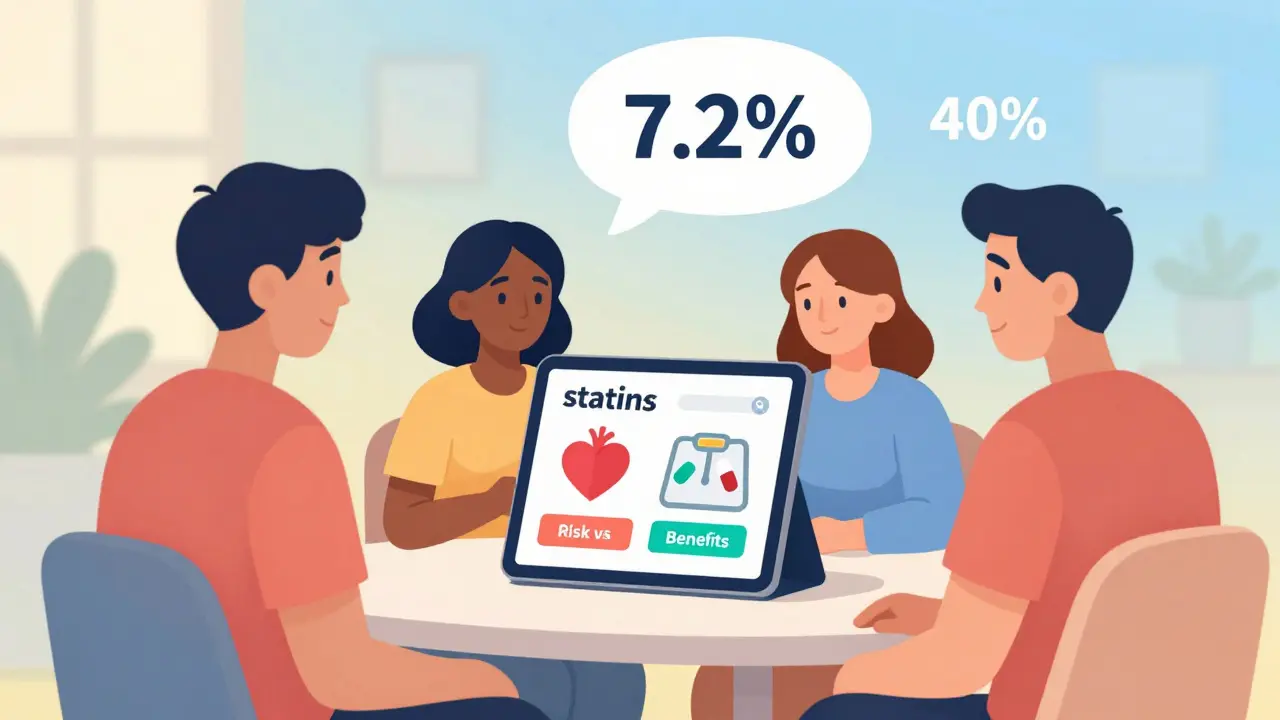Ibuprofen: what it treats and how to use it safely
Want quick relief for headache, fever, or muscle pain? Ibuprofen is one of the most common options people reach for. It’s an NSAID (nonsteroidal anti-inflammatory drug) that reduces pain, swelling, and fever. That makes it handy for everything from period cramps to mild arthritis flares.
Before you grab a pill, here’s what you really need to know to use ibuprofen without creating more problems.
Common uses and typical dosing
Adults usually take 200–400 mg every 4–6 hours as needed. Most over-the-counter guidance limits you to 1,200 mg a day unless a doctor tells you otherwise; some prescriptions allow up to 2,400 mg but that requires medical supervision. For children, dose by weight—check the product label or ask a pharmacist. Don’t give adult-strength tablets to kids unless a provider says it’s OK.
Ibuprofen works best for pain caused by inflammation (sprains, strains, sore muscles), fever, and typical headaches. It’s not the best choice for some kinds of chronic pain—talk to your provider about long-term options if you’re using it every day.
Safety, side effects, and who should avoid it
The most common side effects are stomach upset and heartburn. More serious risks include stomach ulcers, bleeding, and kidney problems—risks that rise with longer use and higher doses. Ibuprofen can also raise blood pressure or interfere with some blood pressure medicines.
Avoid ibuprofen if you have active stomach ulcers, recent gastrointestinal bleeding, severe heart failure, or advanced kidney disease unless your doctor advises otherwise. Pregnant people should not take ibuprofen in the third trimester; check with a provider in earlier pregnancy. Also be careful if you take blood thinners (like warfarin), certain heart medicines (ACE inhibitors, ARBs, diuretics), lithium, or methotrexate—ibuprofen can interact with these.
If pain or fever lasts more than a few days despite taking ibuprofen, or if you notice black stools, severe stomach pain, swelling, sudden shortness of breath, or decreased urine output, stop the drug and contact a doctor right away.
Practical tips: take ibuprofen with food or milk to cut stomach upset; use the lowest effective dose for the shortest time; avoid mixing with alcohol; and don’t stack medicines that contain multiple NSAIDs. Acetaminophen (paracetamol) is an alternative for people who can’t take NSAIDs, but it has its own risks—especially to the liver if overdosed.
Want to compare options or figure out dosing for a child or complex health condition? Ask your pharmacist or clinician. A short chat can prevent a lot of headaches—literally.






